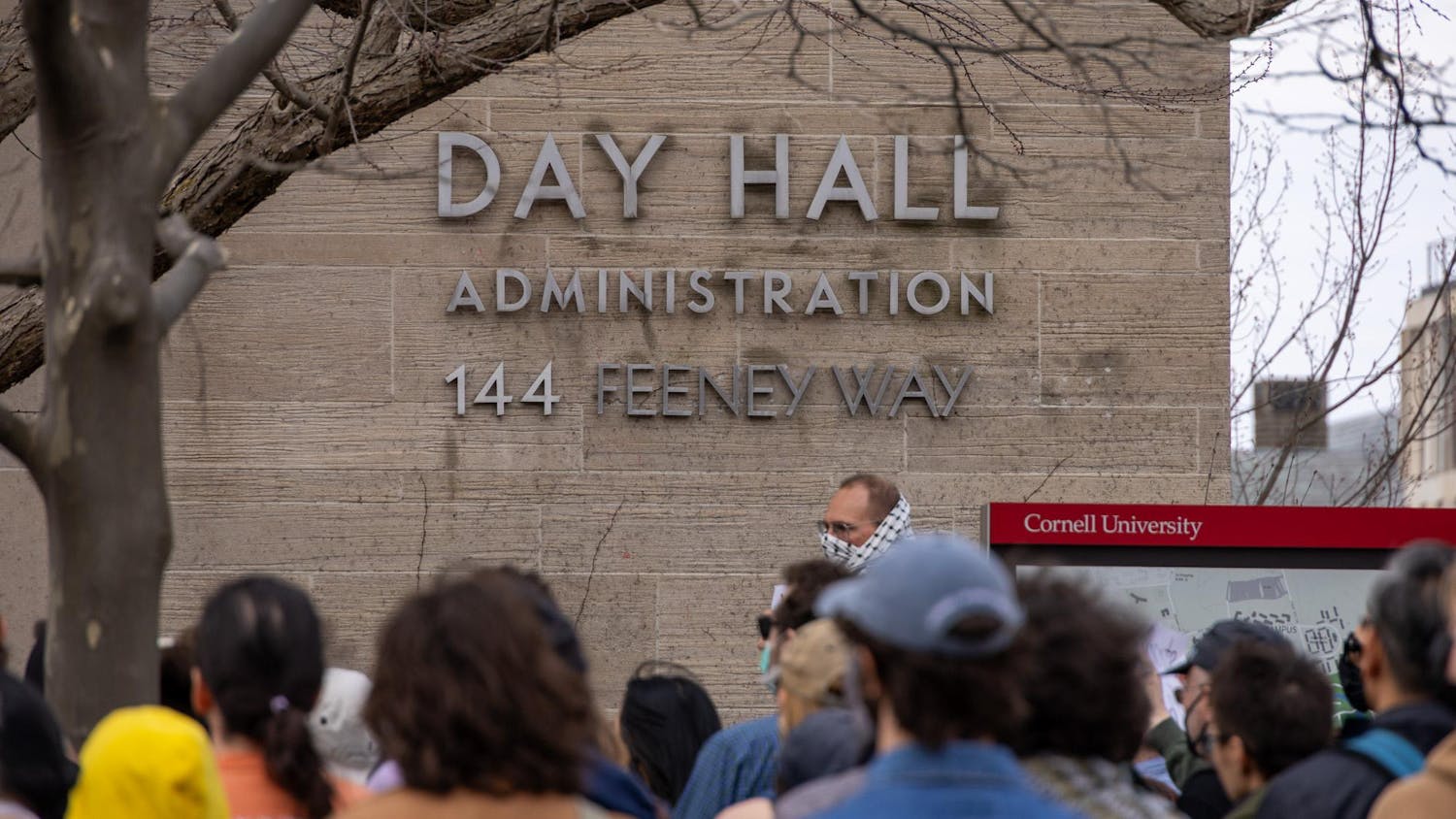When Prof. Chih-Chang Chu, fiber science and apparel design, arrived at Cornell in 1978, his approach to textiles was unlike anyone else’s in his department.
“When we think about textile fibers, we think about clothes only — outside the human body,” Chu said. “Nobody related textile fibers for human body repair and reconstruction inside the human body.”
Chu combined his background knowledge in chemistry and polymers to use synthetic fibers for human body repair and reconstruction.
As a Ph.D. student at Florida State University, Chu said he became engrossed in the study of polymers and saw a practical use for them. He first used polymers for tissue and body repair for his postdoctoral work at the University of Alabama, where he focused on maxillofacial prostheses — reconstructing facial structure due to radical surgery, defects or accidents.
Afterward, Chu said he secured a position in Cornell’s Department of Design and Environmental Analysis, an outcome he attributed to the department’s appreciation of his novel work.
“We at Cornell were the pioneers in using biotextiles inside the human body, as I started this frontier program in 1978,” Chu said. “No other university in this planet had that foresight 37 years ago. We were the first. Now a lot of traditional textile design-related schools are jumping onto this wagon, about 20 to 30 years later.”
Chu is currently the only FSAD faculty member who focuses on the inside of the human body, making him the self-proclaimed “ugly duckling” of the department.
While he may be alone in this field, Chu said his work has paid off.
Chu has received 68 patents and earned a spot in the College of Fellows in the American Institute of Medical and Biological Engineering, whose members comprise “the top two percent of the medical and bioengineering community,” according to the AIMBE website.
His most successful invention was the development of “pseudo-proteins” that attach drugs to stent implants — mesh tubes used in surgery to open blocked arteries. The European Medicines Agency has approved the pseudo-proteins, and Chu said he hopes the Food and Drug Administration will follow suit eventually.
Chu summarized his work by discussing “the three P’s: publications, patents and partnership.” He said publications enable him to share his work with the academic world, while patents allow for the commercialization of his inventions.
He added that graduate and undergraduate students in his lab have the rare opportunity of becoming co-patent holders, since he “always gives students the proper credit they deserve.”
However, Chu emphasized partnership above all else.
“We need partners because our field is multidisciplinary in nature,” he said. “I’m only good in material chemistry. I’m not a biologist, I’m not a clinician and I’m not an immunologist. We have to partner with other expertises using multidisciplinary strategies to advance this field.”
This concept also applies to the classroom. Chu said he prides himself on creating courses that attract students from nearly every college on campus, and even requires students to work with peers from different academic backgrounds for some of his group projects.
“[My classes] have a unique characteristic of training students to think [in a] multidisciplinary [way], to open their minds,” Chu said. “If you have an open mind, you’ll have some unconventional and creative thinking.”
In addition to his teaching and research at Cornell, Chu also serves on the editorial board of four science and medical-related journals and has held visiting appointments in Taiwan, England, Philadelphia and Maryland.
Chu said these experiences have given him a “global perspective,” which he called necessary for expanding the reach of his field.
“My basic philosophy is that there is no border for human body repair or reconstruction — global vision regardless of race, ethnic groups and countries,” Chu said. “We want to broaden the impact of our research outcomes as much as we can for human beings and for the well-being of the whole world.”

CORNELL CLOSE-UPS | Multidisciplinary Professor Details Pioneering Work with Biotextiles
Reading time: about 4 minutes
Chu said he emphasizes multidisciplinary partnerships in the classroom because of their importance in the academic world.
Read More










